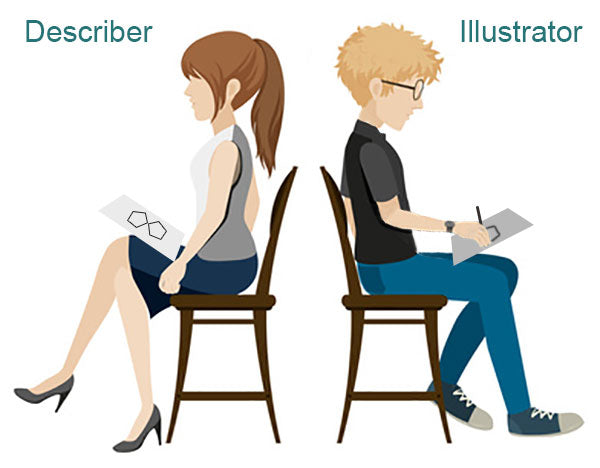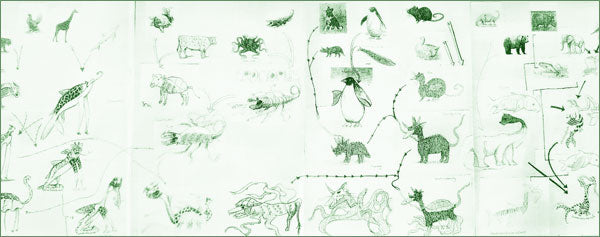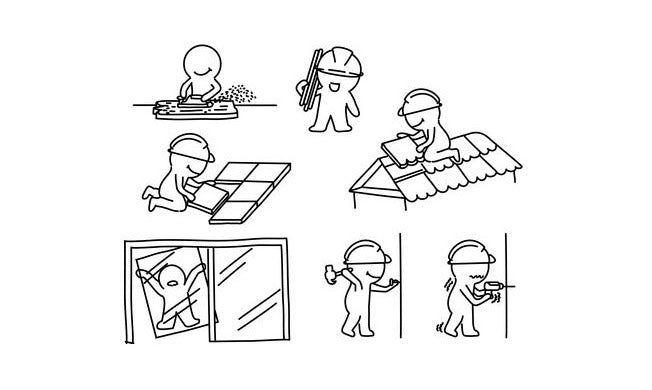Knowing how to communicate well with others is an essential skill.
Here, you will be introduced to several communication skills exercises suitable for kids and young adults. The way you run these exercises highly depends on the age of your audience so you will need to adjust them as necessary.
Blindfolded Object Recognition
- For this exercise you need two sets of objects:
- Use some of the objects in the classroom that kids are already familiar with. Examples are:
- Marker pen
- Paper basket
- Stapler
- Computer mouse
- Folder
- Water bottle
- Glove
- Book
- Watch
- Glasses
- Glasses container
- In addition, use some objects that are not normally found in the classroom or their environment. Examples are:
- A battery
- A doll
- A toy car
- Kitchen sponge
- Pegs
- Coins
- Lego pieces
- Salt shaker
- Toothpaste
- Toothbrush
- Old mobile phone
- Hair clips
- Socks
- Newspaper
- Use some of the objects in the classroom that kids are already familiar with. Examples are:
- Put both sets in a box and make sure no one can see them.
- Now ask for a volunteer to come forward for this fun exercise. Blindfold the volunteer. Pick one object from the box and give it to him. Other kids should not say anything at this point. The volunteer should feel the object and guess what it is.
- If the volunteer kid cannot guess the object, ask other kids to help him by describing the features of the object but not stating the name of it. Anyone who states the name cannot be a volunteer in the next rounds.
- You can then repeat the exercise with other kids one by one so they can all have a go at it. Each time they should pick a new object from the box.
Can You Draw What I Drew
- Pair up the kids. In each pair one would be person A and the other would be person B.
- Separate the A group from the B group so they cannot see each other’s work in the next stage.
- Ask all kids to draw a particular object. For example, everyone must draw a car or a house, an airplane and so on. The choice is yours.
- Allocate 10 minutes for this part.
- Ask kids to fold their drawings so it is not seen by others.
- Ask pairs to get back together.
- In each pair, person A must describe his drawing to person B. Person B should draw based on the description stated by person A. The aim is to draw person A’s drawing as closely as possible without seeing it.
- Allocate 10 minutes for this part.
- Swap roles and get them to repeat the process.
Telephone Skills
Calling and receiving calls is an integral part of everyday life. We know from experience that some people are very comfortable on the phone, while others would rather not use it when they can avoid it. Learning how to talk on the phone from an early age will help kids to become more confident on the phone. Considering the direction of technology and real-time communication skills in the future, this is a critical skill to focus on.
Consider using the following:
- You need to go through several rounds for this exercise. You can go through a few in one session or you can go through them in different days depending on your training needs and the age of kids.
- Choose a specific scenario for each round. Start with easy scenarios and then move on to more difficult ones.
- First, get them to learn how to answer calls. By hearing how the other person talks kids will also learn how a call is made as they go through them. Later on, you can then move on to making calls and get them to practice those as well based on what they have experienced. This is much like practicing listening skills while learning a new language before practicing talking. However, both skills go hand in hand.
- The choice of scenarios highly depends on the age of kids so you need to choose wisely.
- Examples of scenarios are:
- Answering a call by a stranger who wants to talk to dad
- Answering a call by a friend’s mother who wants to talk to your mum
- Answering a call from the principal or teacher at school
- Answering an urgent call made by a colleague of dad who wants to leave a message for him
- Making a call to uncle
- Making a call to the neighbour aiming to talk to their daughter who is your friend
- Making an emergency call
- Examples for young teenagers:
- Booking an appointment for hairdresser
- Calling a taxi to go to the central train station
Soft Skills Training Materials
Get downloadable training materials
Online Train the Trainer Course:
Core Skills
Learn How to Become the Best Trainer in Your Field
All Tags
Training Resources for You

Course Design Strategy
Available as paperback and ebook

Free Training Resources
Download a free comprehensive training package including training guidelines, soft skills training activities, assessment forms and useful training resources that you can use to enhance your courses.

Our Comprehensive Guide to Body Language

Train the Trainer Resources
Get Insights - Read Guides and Books - Attend Courses
Training Materials
Get downloadable training materials on: Management Training, Personal Development, Interpersonal Development, Human Resources, and Sales & Marketing














Leave a comment
All comments are moderated before being published.
This site is protected by hCaptcha and the hCaptcha Privacy Policy and Terms of Service apply.